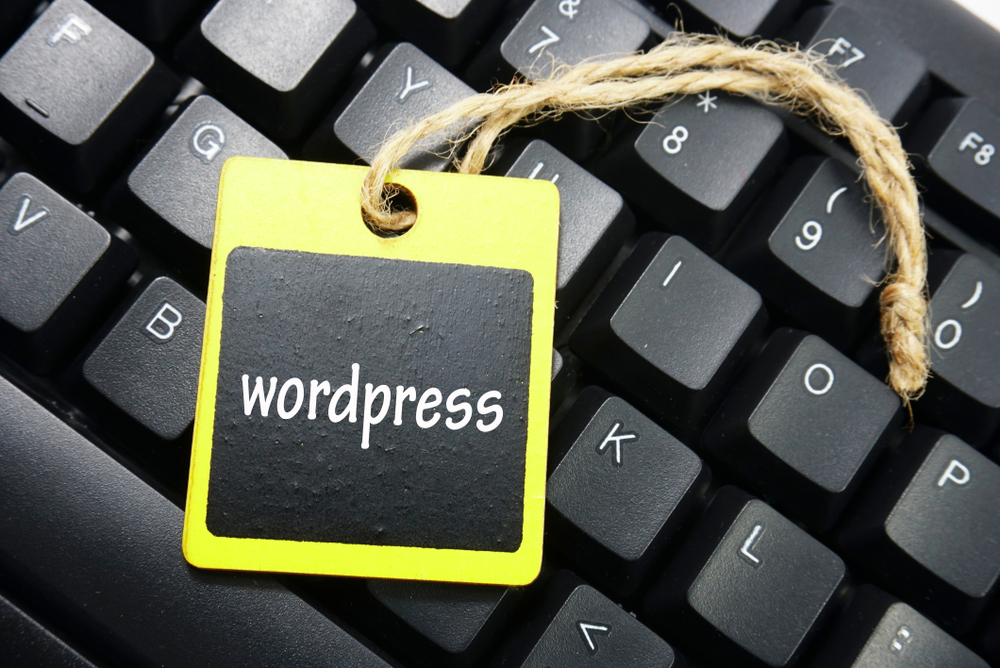
WordPress has become the go-to platform for building websites, whether it's a personal blog, an online store, or a corporate site. Its flexibility and user-friendly interface make it a favorite among both beginners and experienced developers. However, truly mastering WordPress involves more than just setting up a basic site. In this article, we will share some essential tips for customizing and maintaining your WordPress website to make it stand out from the crowd.
1. Choose the Right ThemeOne of the advantages of WordPress (the platform for bloggers) is the availability of thousands of themes that can instantly change the look and feel of your website. However, it's important to choose the right theme that matches your site's purpose and reflects your brand's identity. Consider factors such as responsiveness, customization options, and customer reviews. Premium themes often offer better support and more advanced features, so it might be worth investing in one.
2. Customize the Appearance
Once you've installed a theme, it's time to customize its appearance to make it unique. WordPress (or WP) offers a powerful built-in customization tool called the Customizer, which allows you to modify various aspects of your site, such as site title, logo, colors, typography, and more. Take advantage of these options to create a visually stunning website that aligns with your brand.
3. Use Plugins Wisely
Plugins are an integral part of WordPress (WP) , enabling you to extend its functionality without any coding knowledge. However, it's crucial to use them wisely. Installing too many plugins can slow down your site and make it vulnerable to security risks. Carefully select the plugins you need and regularly update them to ensure compatibility and security. Popular plugins include Yoast SEO for search engine optimization, WooCommerce for e-commerce functionality, and Contact Form 7 for creating contact forms.
4. Optimize for Speed
Website speed is crucial for user experience and search engine rankings. Slow-loading sites tend to have higher bounce rates and lower conversions. To optimize your WordPress (the blogging platform) website for speed, consider using a caching plugin like WP Super Cache or W3 Total Cache, compressing images with tools like Smush, and using a content delivery network (CDN) to deliver your site's assets faster to visitors worldwide.
5. Keep Your Site Secure
WordPress is a popular target for hackers, so it's essential to take security measures to protect your site. Firstly, keep your WordPress core, themes, and plugins up to date to patch any security vulnerabilities. Secondly, use strong passwords and change them regularly. Consider using a security plugin such as Wordfence or Sucuri to enhance your site's security and monitor for any suspicious activity.
6. Regular Backups
No matter how secure your website is, it's important to regularly back up your site's files and database. In case of any unforeseen issues or hacking attempts, backups will allow you to restore your site to its previous state. Many WordPress hosting providers offer automatic backups, but it's always a good idea to have an additional backup solution in place, such as UpdraftPlus or VaultPress.
7. Search Engine Optimization (SEO)
To increase your website's visibility in search engines like Google, it's crucial to optimize your WordPress site for SEO. Use an SEO plugin like Yoast SEO or All in One SEO Pack to easily optimize each page's metadata, create XML sitemaps, and improve your overall website's search engine friendliness. Additionally, focus on creating high-quality content and building backlinks from authoritative sources to boost your site's ranking.
Frequently Asked Questions:
Q1: Can I change my WordPress theme without losing content?A1: Yes, changing your WordPress theme will not affect or delete your site's content. However, you may need to adjust the appearance and settings of your site after switching to a new theme.
Q2: How can I make my WordPress site mobile-friendly?
A2: To make your WordPress site mobile-friendly, ensure that your theme is responsive and adapts to different screen sizes. Additionally, optimize your images, use a caching plugin, and test your site's mobile responsiveness using tools like Google's Mobile-Friendly Test.
Q3: Can I add custom code to a WordPress website?
A3: Yes, WordPress allows you to add custom code to your website. However, it's essential to do it properly by using a child theme or a custom plugin to prevent your modifications from being overwritten during theme or plugin updates.
Q4: How often should I update my WordPress site?
A4: It's important to update your WordPress core, themes, and plugins as soon as updates are available. Regular updates ensure security patches are applied, and your site remains compatible with the latest features and technologies.
Q5: Can I monetize my WordPress site?
A5: Absolutely! WordPress offers various methods to monetize your website, such as displaying advertisements, affiliate marketing, selling products or services, or even creating a membership site. Explore plugins like Ad Inserter, WooCommerce, or MemberPress to start generating income from your WordPress site.
In conclusion, mastering WordPress goes beyond basic site setup. By choosing the right theme, customizing, using plugins wisely, optimizing for speed, securing your site, regular backups, and focusing on SEO, you can take your WordPress website to the next level. With these essential tips, you'll be on your way to unleashing the full potential of WordPress for your online presence.
Other useful resources
- https://www.wordpress24plus.com/wordpress-tools-directory/
- https://www.wordpress24plus.com
- https://www.wordpress24plus.com/topics/wordpress-tips-and-tricks/